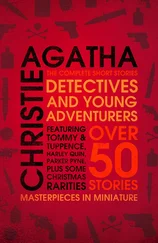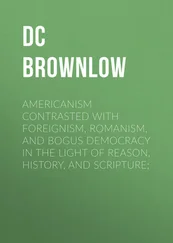Did Graham write outside of his partnership with John?
SHERLOCK:Graham wrote links for Petula Clark when she was doing her early Sixties television show over here. Petula Clark, while being a wonderful singer, could not ad-lib at all. She was very frightened about opening her mouth on stage and not knowing what to say. So everything had to be scripted, all the links between the songs. So he had a close rapport with Clark, which is very funny, particularly when you see some of the Python sketches later on which reference her. 4
CLEESE:So I’d got The Frost Report, and sitting at the scriptwriter’s table were five future Pythons: Mike and Terry tended to write visual, fill-in items, which we used to shoot during the course of the week and then they would be edited into the show. And Eric typically used to write monologues which Ronnie Barker often did. So the show frequently consisted of a filmed item by Mike and Terry, one or two sketches by Graham and me, occasional Ronnie Barker pieces by Eric, and then a lot of other material from another dozen scriptwriters, of whom the leader was Marty Feldman. Graham didn’t perform; Mike and Terry would probably say that he turned up in one of the filmed items at some point, but I don’t remember him.
We did these half-hour shows every week for thirteen weeks, each on a theme. Tony Jay, who founded Video Arts and has been a friend of mine for thirty years, wrote a theme each week – advertising or education or transport. Everybody used to read the theme paper because it was actually insightful and original, and then we completely ignored it! Then, because it had gone well, David Frost said to Tim and me, ‘Would you like to do a show together?’ And we said, ‘Yes, we would,’ and we immediately said we’d do it with Graham, and then we said to Frost that as the fourth member of the team we would like to have Marty Feldman. I remember that David was quite thrown, a little embarrassed, and said, ‘Well, people would be put off by his appearance.’
So Graham and I, along with Tim and Marty, did At Last the 1948 Show, which was very much more way-out than anything we’d done. Some of it was very bizarre and very funny, it was a good little show, done on no money at all. I remember we used to edit the videotape with a razor, literally.
So in my first two years of television, between The Frost Report and At Last the 1948 Show, I did forty television shows, which is quite a lot when you’re contributing as a writer. It was pretty busy. And then I got married to Connie Booth (whom I’d met in New York), and I thought it was not fair for me to spend time in the studios until she got used to London, so I forswore acting, which cost me nothing at all. I’ve never been that attached to acting, and I can easily live without it, it’s just that it pays much better than writing – that’s the problem. And I didn’t in fact perform for really quite a long time, something on the order of eighteen months.
And during that time Graham and I wrote various things; at one point for some reason Graham, Eric, and I wrote most of a special for a very good English comedian, Sheila Hancock. We just did one show – I’ve no idea in retrospect why. And we got to know Peter Sellers. Graham and I wrote two or three screenplays for Sellers, the only one of which that got made was The Magic Christian . We came in on about draft nine of that, did I think a good draft on which they raised the money, and then Terry Southern came back and rewrote it again, and – we thought – made it worse. A certain amount of our stuff survived that, including my scene at Sotheby’s, cutting the nose off the portrait.
Graham and I towards the end of Thursday afternoons formed a habit of turning on the television to watch Do Not Adjust Your Set, which was much the funniest thing on television; although it was thought of as a kids’ show it was really funny stuff. We knew these guys although we had not spent that much time with them, and I picked Palin out as a performer and asked him to be in How to Irritate People, a special produced by Frost.
Mike and I got on very well. I wrote a lot of that with Graham and one or two of the sketches with Connie, like the upper-class couple who can’t say, ‘I love you’; they have to say, ‘One loves one’.

The cast of Do Not Adjust Your Set (clockwise from top left: Idle, Palin, David Jason, Denise Coffey, Jones).
I didn’t enjoy the experience. The recording of it was a nightmare; everything went wrong. I remember starting one sketch and then we had to relight it, we stopped in the middle of the sketch and then started again, and again stopped it and relit it. And the audience had been there so long, about halfway through the recording they started leaving to be able to catch their buses home. I remember standing in front of the camera reading something and thinking, ‘I don’t think I want to do this again as long as I live!’ It was an awful experience. Maybe that helped put me off the acting!
Eric Idle, who was also in Cambridge (and as president of Footlights allowed women in as full members for the first time), appeared onstage in Oh, What a Lovely War, contributed to I’m Sorry, I’ll Read That Again and The Frost Report, and helped create (with Palin and Jones) Do Not Adjust Your Set and We Have Ways of Making You Laugh.
How familiar were each of you with the other Pythons before the group was formed?
ERIC IDLE:We weren’t new to each other at all. I met Cleese in February 1963 at Cambridge; Jonesy, Edinburgh 1963; Palin, Edinburgh 1964; Chapman, also Cambridge, summer 1963. We had all worked together as writers and actors. Jones, Palin, and I were perhaps the closest, having written two whole seasons of Do Not Adjust Your Set, but I had written six episodes of a sitcom with Graham, and we had all worked together on The Frost Report . So we weren’t new to each other at all, but were actually very familiar; what was new was being free to decide what we wanted to do.
HAVE WE SHOWN ’EM WE GOT TEETH?
The lone American of Python – a native of Minnesota and a product of Los Angeles – Terry Gilliam fled the land of his birth in the late Sixties by turning the advice of Horace Greeley on its end and heading east, first to New York, then London. He worked in magazines as an illustrator and designer, most notably for Help!, published by the creator of Mad magazine, Harvey Kurtzman.
TERRY GILLIAM:I always drew when I was a kid. I did cartoons because they were the most entertaining. It’s easiest to impress people if you draw a funny picture, and I think that was a sort of passport through much of my early life. The only art training I had was in college, where I majored in political science. I took several art courses, drawing classes, and sculpture classes. I’d never taken oil painting, any of those forms of art, and I was always criticized because I kept doing cartoons instead of more serious painting.
My training has actually been fairly sloppy and I’ve been learning about art in retrospect. In college I didn’t take things like art history courses. I didn’t like the professor and it was a terribly boring course, so I didn’t really know that much. But I’ve always just kept my eyes open, and things that I like I am influenced by.
Читать дальше
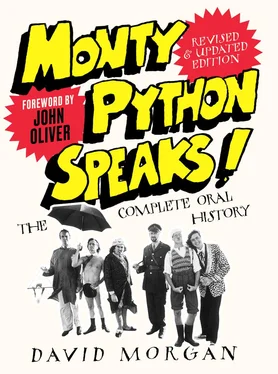



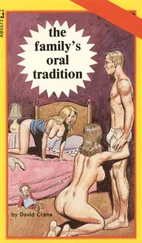

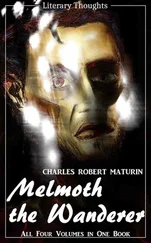

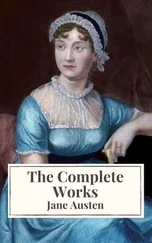


![Theresa Cheung - The Dream Dictionary from A to Z [Revised edition] - The Ultimate A–Z to Interpret the Secrets of Your Dreams](/books/692092/theresa-cheung-the-dream-dictionary-from-a-to-z-r-thumb.webp)
